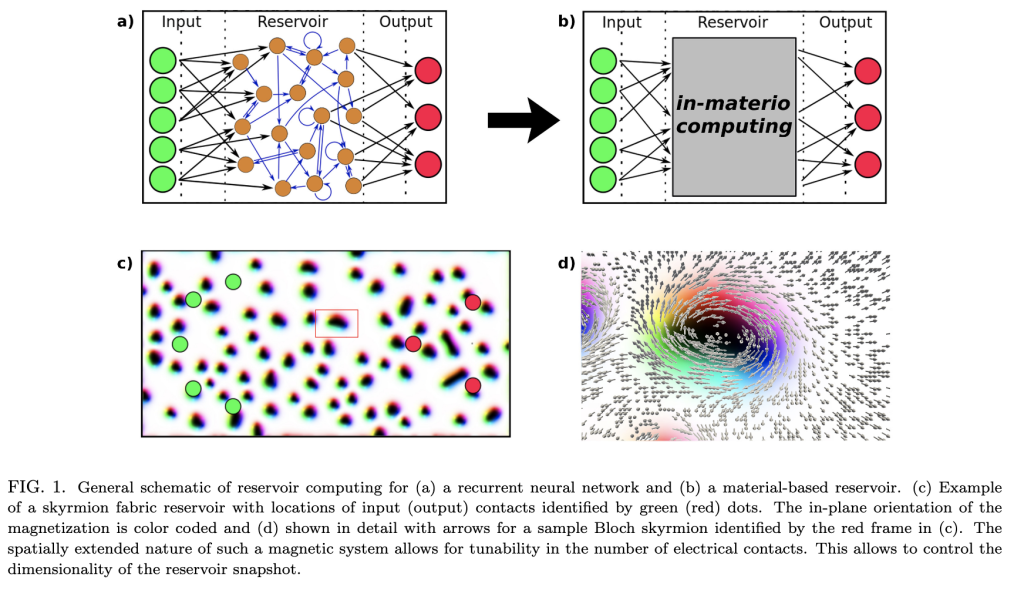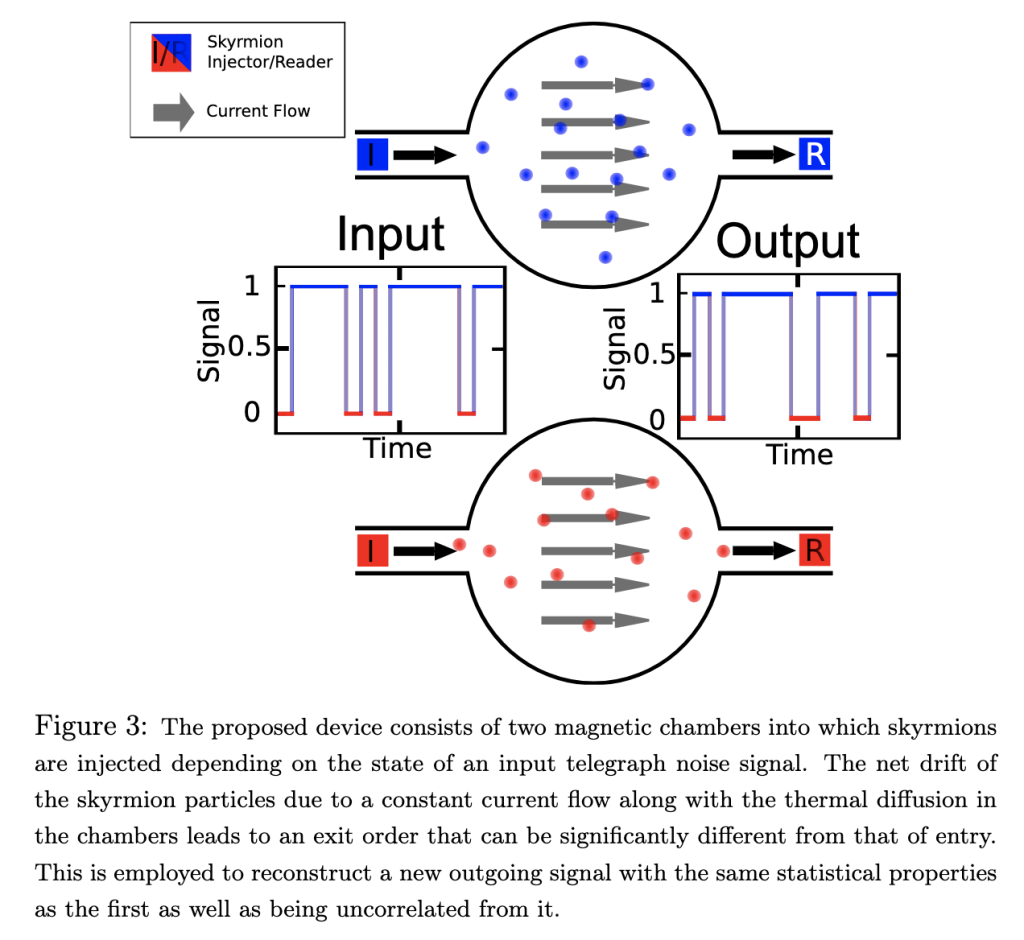It is widely acknowledged that classical scaling of complementary metal-oxide semi-conductor (CMOS) logic, making devices simultaneously smaller, faster and operating at lower voltage, will cease within the next two fabrication generations due to the inability of improving the cost-effective scaling of transistors below the 3 nm channel length threshold. Simultaneously, a seismic shift is occurring in the computational workloads from data-based offline processing to real-time big data applications driven by the Internet of Things (IoT), robotics and autonomous agents. This combination of factors has led to a sudden exploration of alternative computing methodologies that span the entire Boolean computational stack from physical effects, to materials, devices, architectures, and data representations. It also includes novel non-Boolean methods of computing such as quantum, wave and neuromorphic computation, Boltzmann machines and others. Exactly which combination of computational elements will evolve from this plethora of options is far from clear.
This talk will give a didactic tour of two unconventional computing techniques currently being explored: stochastic and reservoir computing. The first is a probabilistic approach to mathematical computation that trades off deterministic accuracy for execution speed. Instead of defining operations as precise bitwise manipulations of stored finite binary numbers, one instead aims to encode numerical values as the probability of seeing a 1 or 0 in a random sequence of binary bits (known as a bitstream). Reservoir computing, on the other hand, is a paradigm that posits how complex physical systems can be used to simplify pattern recognition tasks and nonlinear signal prediction. It is premised on the notion that sufficiently large recurrent neural networks can faithfully separate data without the need for training the bulk of their connections.

After introducing the audience to these two computing techniques, demonstrations and proof-of-concept implementation for their use will be given in the context of exotic magnetic structures known as “skyrmions”. We will show how their topological properties, known to lead to particle-like behaviour, can be harnessed in two very different regimes of operations to perform a signal scrambling operation crucial to stochastic computing and a non-linear projection operation consistent with reservoir computing.

Daniele Pinna is a Postdoctoral researcher at Peter Grünberg Institut (PGI)
This seminar took place via Microsoft Teams on Wednesday 08 December 2021. You can view the blog post about the seminar here.
